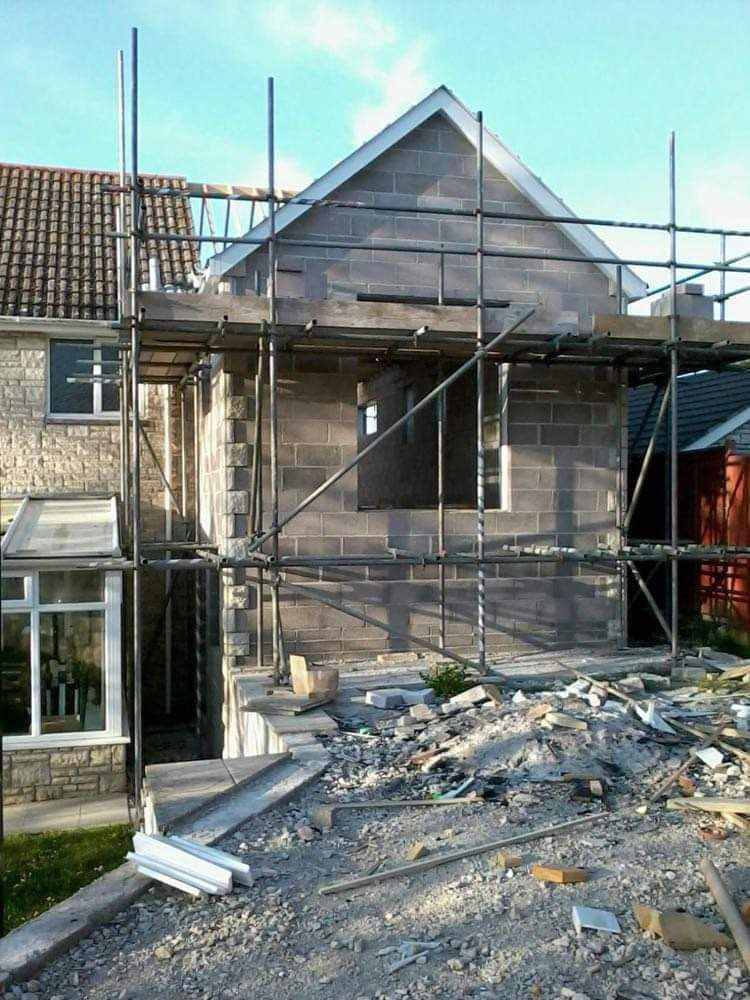How We’re Experimenting with AI in Architectural Design (And Why It Matters)
- Rosenkelly Architectural Design

- Aug 8, 2024
- 2 min read
Updated: Jun 1
At Rosenkelly Architectural Design, we’re always looking for ways to improve our workflow, communication, and creativity — without compromising on the quality or integrity of the designs we deliver. Recently, we’ve started experimenting with AI (Artificial Intelligence) tools to see how they might complement our architectural design process.
Why Test AI in Architecture?
Architectural AI tools are emerging rapidly, promising everything from instant mood boards to generated concept drawings. While some of this is more hype than reality, we wanted to see firsthand what these tools can (and can’t) do.
We input a basic brief for a domestic extension in Dorset into an AI visualisation tool and received a proposed front elevation render in return. While the result was clearly not construction-ready — and didn’t fully reflect the nuances of the brief — it was surprisingly cohesive and visually appealing. Most importantly, it arrived in seconds.
What Did We Learn?
AI can assist with early visuals – For clients who are still exploring ideas, AI-generated renders can act as a springboard for discussion.
It’s not a replacement for architectural expertise – The AI tool ignored site constraints, planning regulations, and buildability. These are vital elements that only a trained professional can manage.
It speeds up creative testing – While we’d never submit AI-generated drawings for planning or construction, they can help us quickly test visual ideas, especially in the early concept phase.
Keeping It Human (and Local)
As Weymouth’s only architect in the DT4 postcode, Rosenkelly Architectural Design is rooted in the local community. While AI offers speed, it doesn’t understand the local planning nuances of Dorset Council, or the importance of context, materials, and environment the way we do.
Our mission is to combine innovation with local knowledge — using tools like AI where helpful, but always grounding our designs in reality and regulation.
The Future: A Hybrid Approach?
We’re not replacing sketchbooks and CAD just yet — but AI is already helping us communicate more effectively with our clients. Imagine being able to see three quick variations of a concept within minutes, before we even refine the scheme.
We see AI as a supporting tool, not a lead designer. It’s an exciting space, and one we’ll continue to explore for the benefit of our clients in Weymouth, Portland, and across Dorset.

We gave an Artificial Intelligence tool a set of instructions and the output is impressive, generating this proposed front elevation. The tool did not quite capture what we wanted, however the technology seems to be increasing improving.






